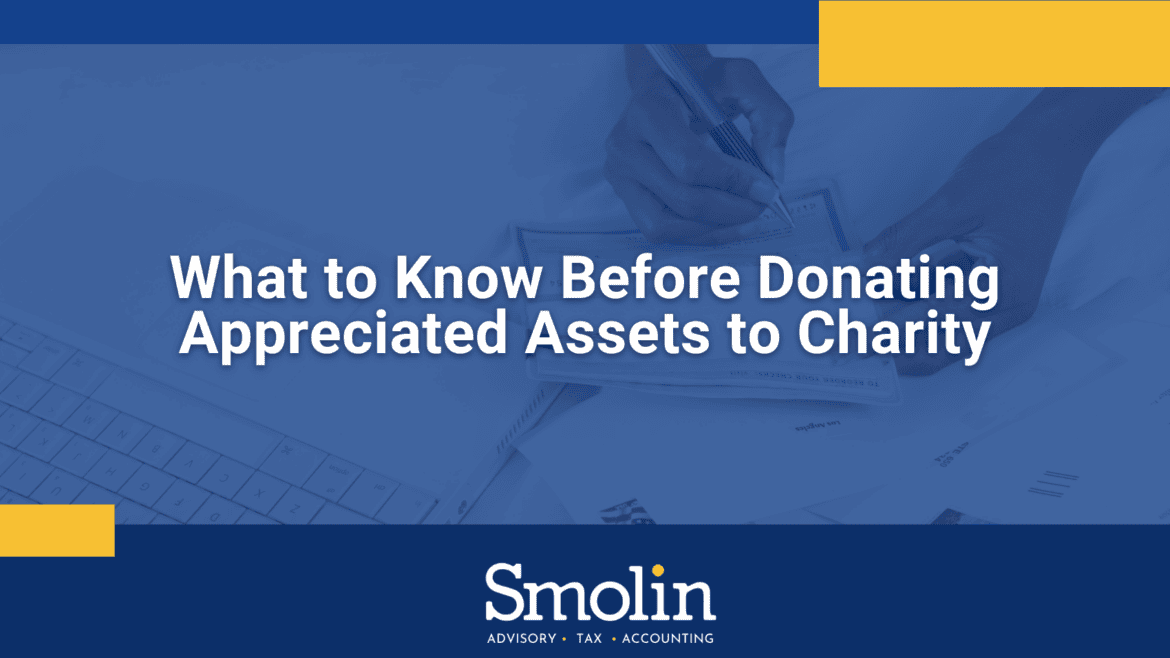If you often give to charity, you’re likely aware that long-term appreciated asset donations—stocks, for example—are more advantageous than cash donations. But in some instances, it may be a better idea to sell those appreciated assets and donate the proceeds instead.
This is because, for cash donations, adjusted gross income (AGI) limitations on charitable deductions are higher. Additionally, the deduction rules can be different for assets that don’t qualify for long-term capital gain treatment.
Tax treatments by donation type
If all were equal, it would be ideal to donate long-term appreciated assets directly to charity because you could:
- Enjoy a charitable deduction equivalent to the assets’ fair market value on the date it was gifted (assuming deductions are itemized on your return)
- Avoid capital gains tax on their appreciation in value
In this scenario, if you were to sell the assets and donate the proceeds, the resulting capital gains tax could then reduce the tax benefits of the donation.
But all is not equal. Charitable donations of appreciated assets are typically limited to 30% of the AGI, while cash donations are deductible by up to 60% of the AGI.
In either case, excess deductions may be carried forward for up to five years.
Crunch the numbers
If you’re considering donating appreciated assets greater than 30% of your AGI, do the math first.
Then, determine whether selling the assets, paying the capital gains tax, and donating cash up to 60% of the AGI will result in greater tax benefits during the donation year and the following five years.
The answer will depend on a number of factors, such as:
- The size of the gift
- Your AGI in the year that you made the donation
- Your projected AGI in the following five years
- Your ability to itemize deductions during those years
Making charitable donations? Talk to a tax professional
Before making charitable donations, it’s helpful to discuss your options with a knowledgeable tax advisor. Contact us for assistance making charitable donations with the greatest tax benefits.


